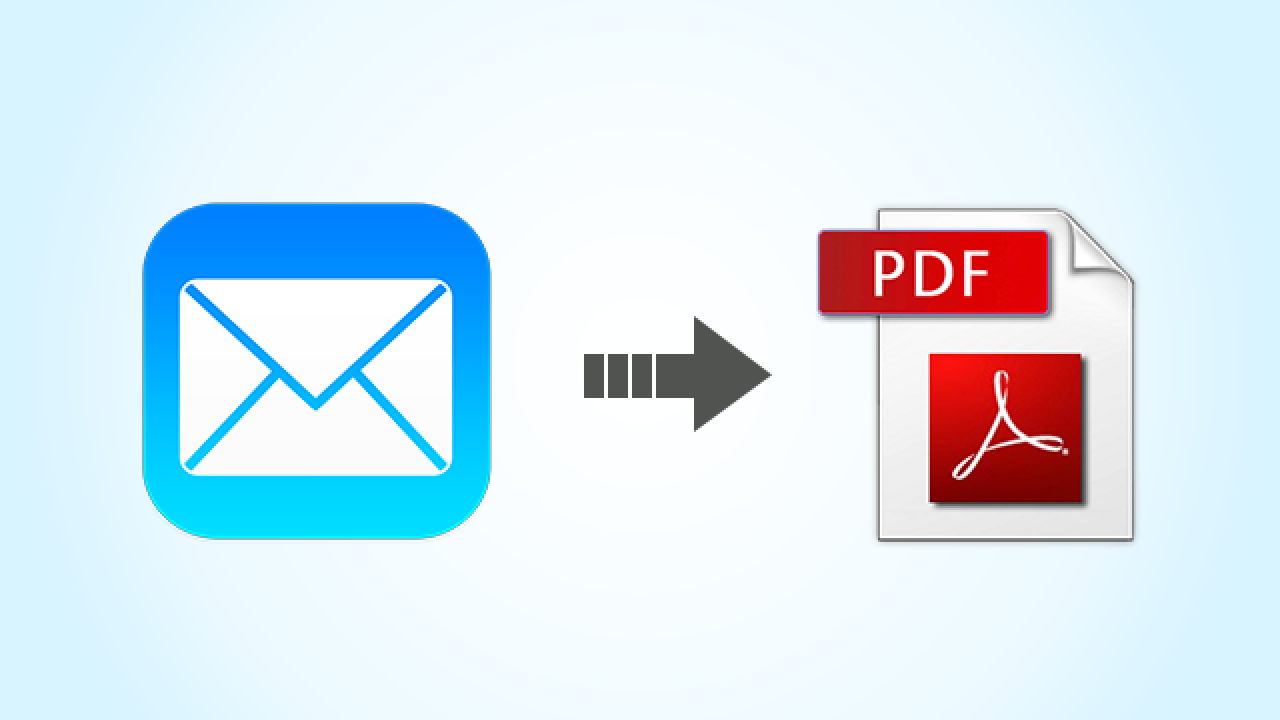In our digital age email has become an essential aspect of communication. Gmail stands out as one of the most popular platforms. But organizing and managing your emails can be difficult. The capability to save emails in PDF format is an excellent way to share and preserve important messages.
Why save email as PDF?
Before we move on to the how-tos, let’s take a moment to understand the importance of saving emails in PDF. Portable Document Format (PDF) is a standard format that is compatible with a wide range of devices. By converting your emails to PDF, you can create an image of the information that maintains its original formatting along with attachments and the overall structure. This makes sure that crucial data is kept intact and allows for sharing.

How can I save one email as PDF in Gmail
1. The email will be opened: Log in to your Gmail Account. Then, open the email message that you would like to convert into a PDF.
2. Click on the Print Icon to locate the icon for printing (usually illustrated by a print) within the email box. Select it to launch the Print dialog.
3. Select “Save as PDF” as the destination.
4. Adjust Settings (Optional): Before saving, you can alter settings like layout sizes, paper size and orientation based on your preferences.
5. Click “Save”. Click the Save button to choose the destination folder and save the file as a PDF.
Your Ultimate Guide for Seamless Conversion
Once you’ve learned the fundamental steps, let’s explore additional tips and considerations to enhance your experience while saving emails to PDF in Gmail. For more information, click Save Email as PDF
Use folders to organize your work Make separate folders for each category to maintain a systematized approach. For instance, folders could be created for emails relating to personal or work correspondence, and even specific projects. They make it simple to retrieve emails by saving them as PDFs.
Batch Processing: If you have multiple emails to save, Gmail allows you to select and print them in batches. This feature saves time and is especially helpful when you want to archive whole conversation or project threads.
Name conventions: Use the same name for all of your PDFs. Include important information, such as the sender’s email address, the subject, and even the date, for easy locate files.
Password protection: To improve security, protect sensitive PDFs. This will ensure that only authorized individuals are able to access the PDF, adding an additional layer to confidentiality.
Cloud Storage: Integrate your Gmail with cloud storage. This allows you to directly save your emails as PDFs to services like Google Drive, making them accessible from anywhere.
Conclusion
In the end, being able to save emails as PDF within Gmail is a valuable technique that will enhance your email management and organizational capabilities. It doesn’t matter if you’re saving important messages as well as creating a reference collection or sharing information with coworkers, converting emails to PDF offers the flexibility you need.
It is crucial to keep in mind that understanding the process of the conversion of PDFs will simplify your workflow and improve efficiency. As you navigate the vast landscape of your email messages, utilize the capabilities of PDF to archive the content, share it with friends, and refer back to your messages effortlessly. Take advantage of the ease of saving emails in PDF files, and experience an entirely new level of efficiency within the Gmail experience.
